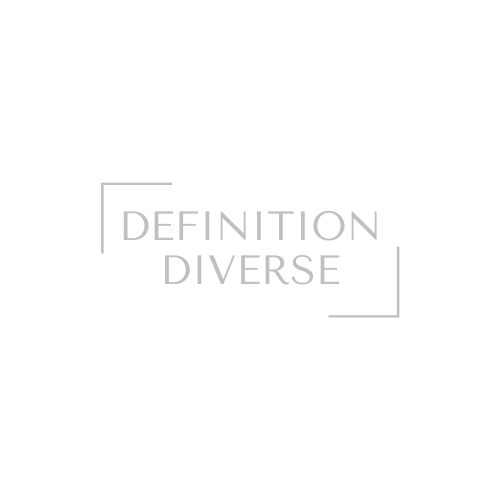SOCIAL
- The quality of our relationships with others impacts personal & professional lives: and our sense of belonging to community and humanity https://www.mayoclinic.org/healthy-lifestyle/adult-health/in-depth/friendships/art-20044860#:~:text=Friends%20can%20help%20you%20celebrate,sense%20of%20belonging%20and%20purpose.
- Even the healthiest relationships will however, experience problems, confusion & misunderstandings across time: no relationship is pain free or perfect.
- To develop and sustain healthy relationships, we all require interpersonal boundaries, communication skills, and the capacity for compassion and forgiveness for human errors we all make and we all endure.
- Developing healthy relationships takes time & effort, as does trust, which is essential for openness andauthenticity to evolve. We also need to be aware and mindful of the appropriate boundaries for different types of relationships, such as: work colleagues, parents, children, partners, friends, and acquaintances.
- Research on positive close relationships suggest improved health and mortality, as well as subjective reports or happiness & life satisfaction. However, relationships with conflict or negative emotions impact detrimentally on health & wellbeing. Research between social ties and health outcomes also includes social support, such as aid, assistance, emotional support we received from family, friends and close others.
- The relationship we have with our significant other will be one of the most important and challenging relationships of our lifetimes: all partnerships encounter problems especially in the longer term, when the initial excitement of romance wears off.
So what can make a healthy relationship?
- Reflecting on what we want and need, and if the person we are with is aligning with those wants and needs — and we with theirs.
- Being calm, open, and constructive in our communication is essential when it comes to solving conflict: since no interpersonal bond ever comes free from conflict.
- Doing fun things, ideally in new, unfamiliar surroundings supports relationship quality.
- Spending quality time on our own, and allowing our partners to do the same.
- Expressing your appreciation of your significant other: this can also apply to other close ties, as 20-40% of people are not married or co-habiting with a partner.
- Lastly, the “5 love languages” explain how we have different ways of expressing and receiving love: words of affirmation, quality time, receiving gifts, acts of service & physical touch. Not everyone communicates love in the same way, and likewise, people have different ways they prefer to receive love.
